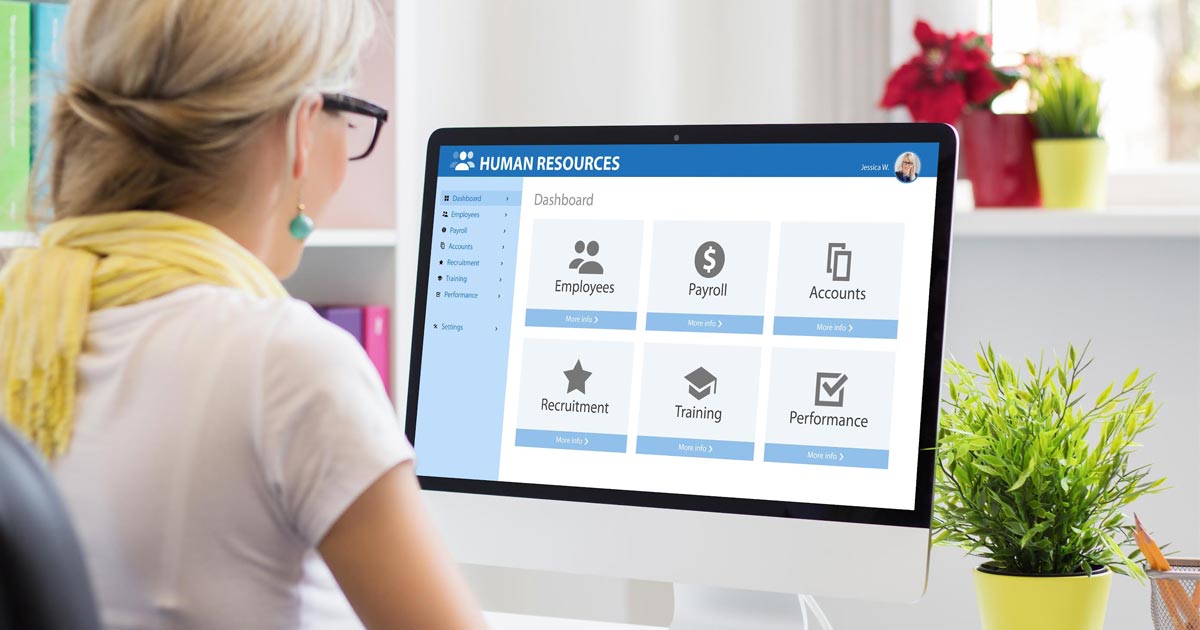Examples of Employee Benefits
Welcome to our comprehensive guide on examples of employee benefits. In this article, we will explore various employee benefits that companies offer to attract and retain top talent. Employee benefits play a crucial role in enhancing job satisfaction, employee engagement, and overall organizational success. By understanding the different types of employee benefits available, you can make informed decisions about your own benefits package or gain insights into what benefits you should offer as an employer.
Health and Wellness Benefits
Health and wellness benefits are essential for promoting the well-being of employees. These benefits often include medical, dental, and vision insurance coverage. Companies may also provide access to wellness programs, gym memberships, and mental health support services. By investing in health and wellness benefits, employers demonstrate their commitment to the overall health and happiness of their workforce.
Retirement Benefits
Retirement benefits are designed to help employees plan for their future and ensure financial security after their working years. Common retirement benefits include employer-sponsored 401(k) plans, pension plans, and matching contributions. These benefits provide employees with the opportunity to save and invest for their retirement, ensuring a comfortable and stress-free future.
Paid Time Off (PTO)
Paid time off is a crucial benefit that allows employees to take time away from work for various reasons. This includes vacation days, sick leave, and personal days. PTO policies vary among companies, but they typically increase with tenure and seniority. Offering generous PTO benefits helps employees maintain a healthy work-life balance and ensures their well-being.
Flexible Work Arrangements
Flexible work arrangements have gained popularity in recent years, especially with the rise of remote work. These arrangements include options like flexible working hours, telecommuting, and compressed workweeks. By providing flexibility, companies empower employees to manage their work responsibilities while accommodating personal obligations and preferences.
Financial Benefits
Financial benefits aim to alleviate financial stress and improve employees’ financial well-being. These benefits may include bonuses, profit-sharing plans, stock options, and tuition reimbursement programs. By offering financial incentives, employers motivate employees to perform at their best and reward their contributions to the organization’s success.
Professional Development Opportunities
Professional development benefits focus on enhancing employees’ skills and knowledge, enabling them to grow both personally and professionally. Companies may offer training programs, workshops, mentoring, and educational assistance to support employees’ career advancement. Investing in professional development benefits not only benefits employees but also enhances the overall talent pool within the organization.
Family-Friendly Benefits
Family-friendly benefits cater to the needs of employees with families and dependents. These benefits can include parental leave, childcare assistance, adoption assistance, and flexible scheduling for parents. By providing family-friendly benefits, employers create a supportive work environment that acknowledges the importance of work-life integration.
Employee Recognition and Rewards
Employee recognition and rewards programs are designed to acknowledge and appreciate employees’ contributions and achievements. These programs can include bonuses, performance-based incentives, employee of the month awards, and peer recognition initiatives. By recognizing and rewarding employees, companies foster a positive work culture and motivate continued high performance.

Employee benefits play a significant role in attracting, retaining, and engaging top talent. By offering a comprehensive benefits package, companies demonstrate their commitment to the well-being and success of their employees. In this article, we have explored various examples of employee benefits, including health and wellness benefits, retirement benefits, paid time off, flexible work arrangements, financial benefits, professional development opportunities, family-friendly benefits, and employee recognition and rewards. By understanding these benefits, you can make informed decisions as an employee or employer to create a positive and rewarding work environment.
Frequently Asked Questions about Employee Benefits
1. What are employee benefits?
Employee benefits are additional perks or advantages provided by employers to their employees, in addition to their regular salary or wages.
2. Can you provide some examples of employee benefits?
Examples of employee benefits include health insurance, retirement plans, paid time off, flexible work hours, wellness programs, tuition reimbursement, and employee discounts.
3. Are employee benefits mandatory?
While some employee benefits may be legally required, such as social security contributions, many benefits are offered voluntarily by employers to attract and retain talented employees.
4. How do employee benefits impact job satisfaction?
Employee benefits play a crucial role in job satisfaction as they enhance work-life balance, provide financial security, and demonstrate employer appreciation, leading to higher employee morale and engagement.
5. Are all employees eligible for the same benefits?
No, eligibility for employee benefits can vary based on factors such as employment status (full-time vs. part-time), length of service, and job level within the organization.
6. Can employee benefits be customized?
Yes, some employers offer flexible benefits packages that allow employees to choose from a range of benefits based on their individual needs and preferences.
7. How are employee benefits communicated to employees?
Employers often communicate employee benefits through employee handbooks, company intranets, email newsletters, or dedicated benefits portals.
8. Do employee benefits have tax implications?
Yes, certain employee benefits may have tax implications, both for the employer and the employee. It is advisable to consult with a tax professional to understand the specific tax implications of each benefit.
9. Can employee benefits be changed or modified?
Employers have the right to change or modify employee benefits, but they should communicate any changes clearly and provide reasonable notice to employees.
10. How can I find out more about the employee benefits offered by my employer?
You can reach out to your employer’s human resources department or refer to your employee handbook or benefits documentation for detailed information about the specific benefits offered.




